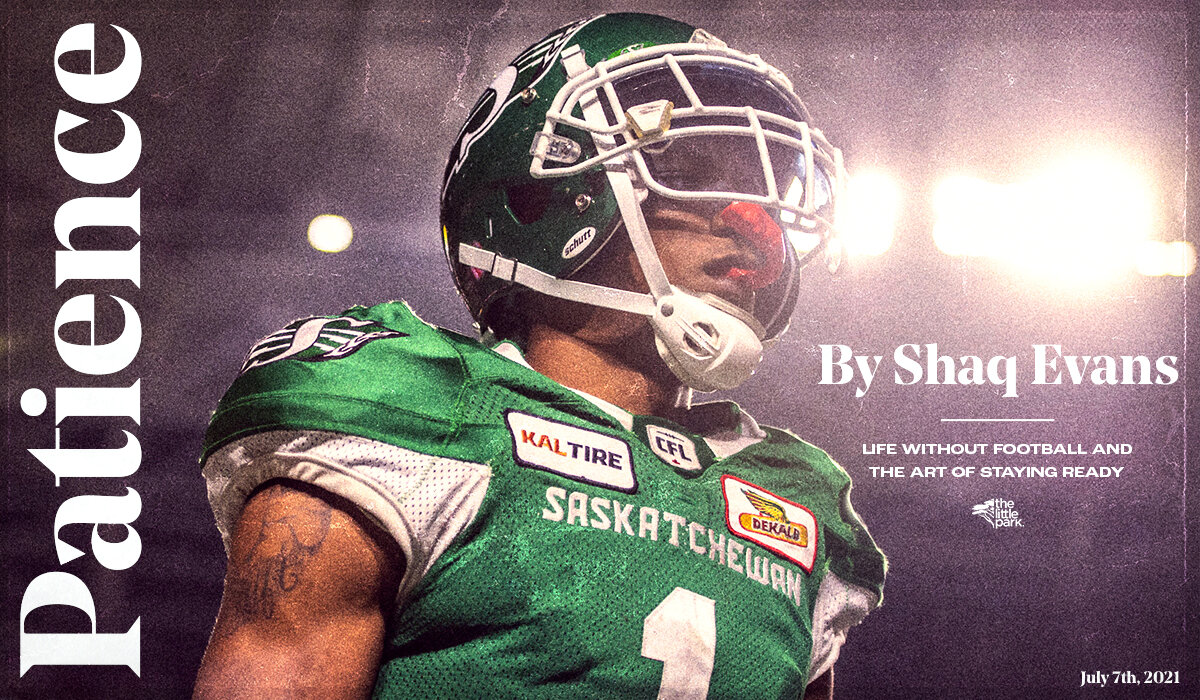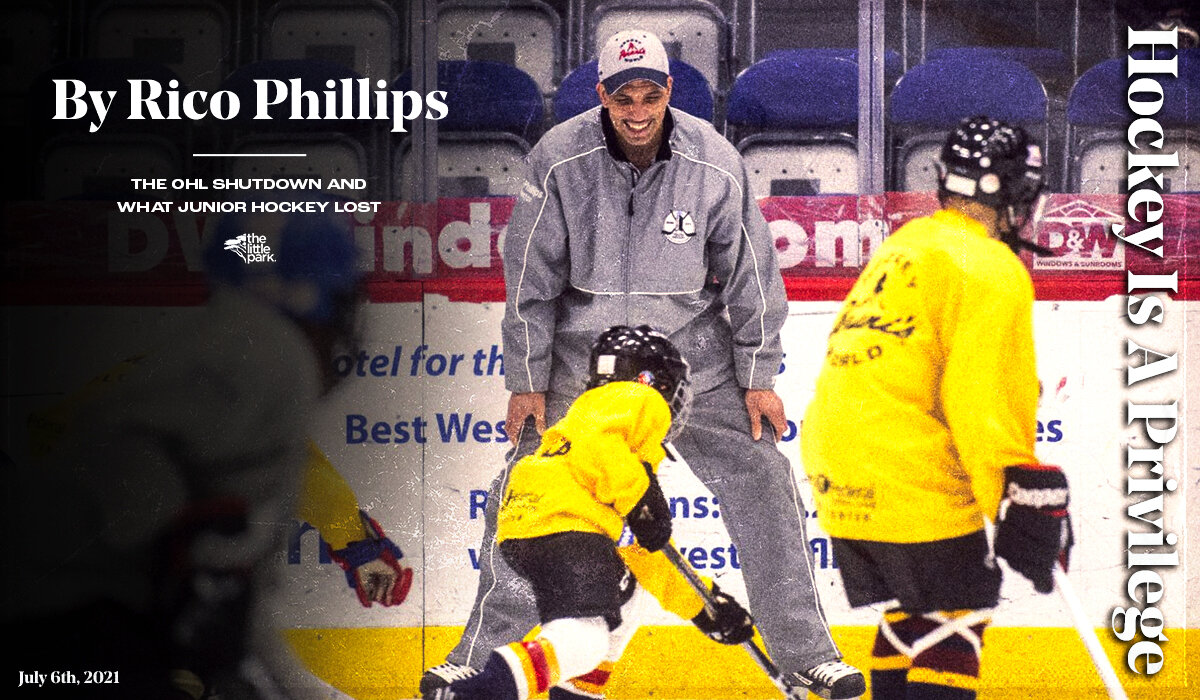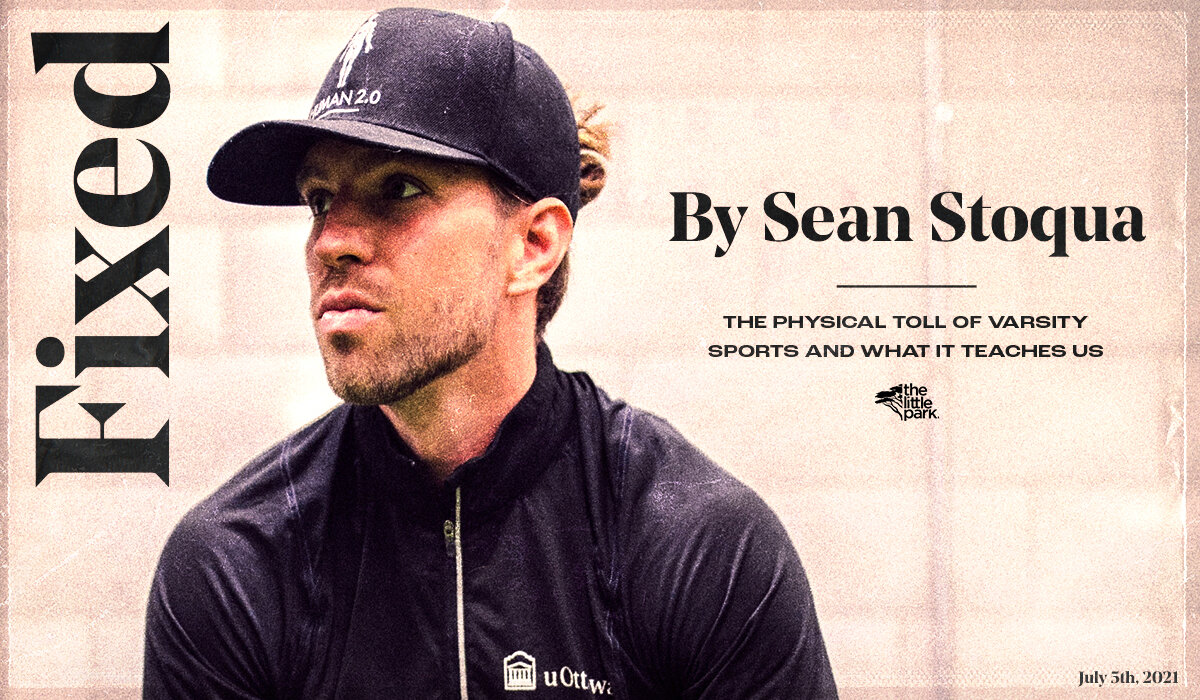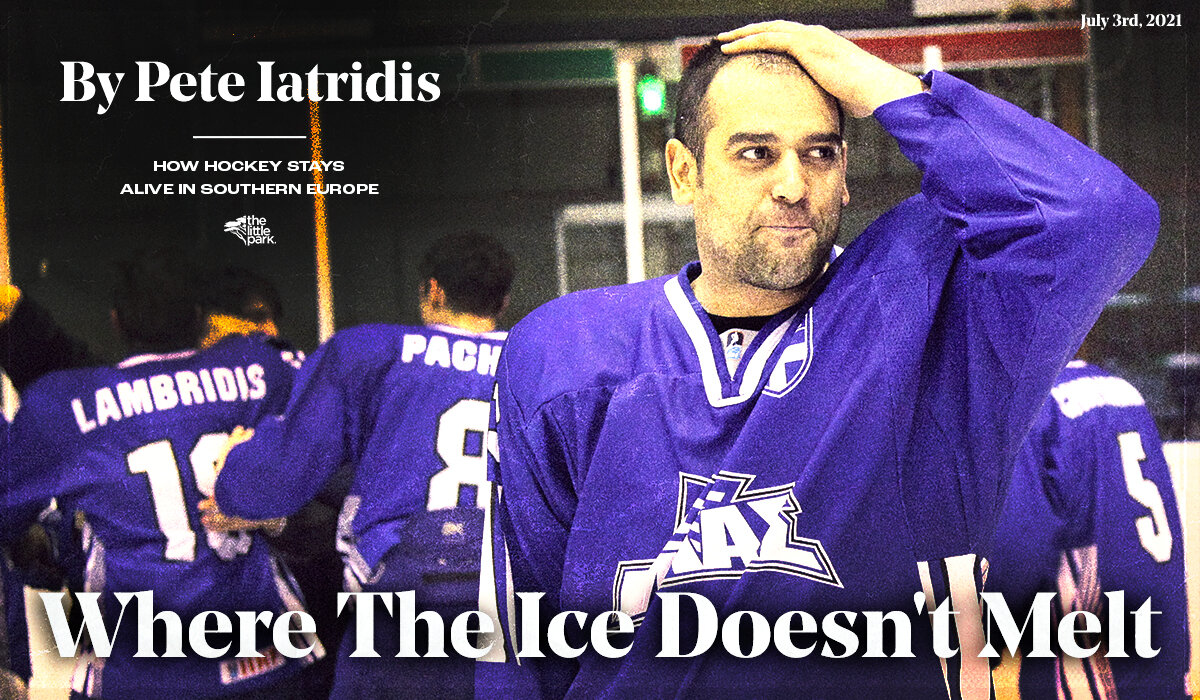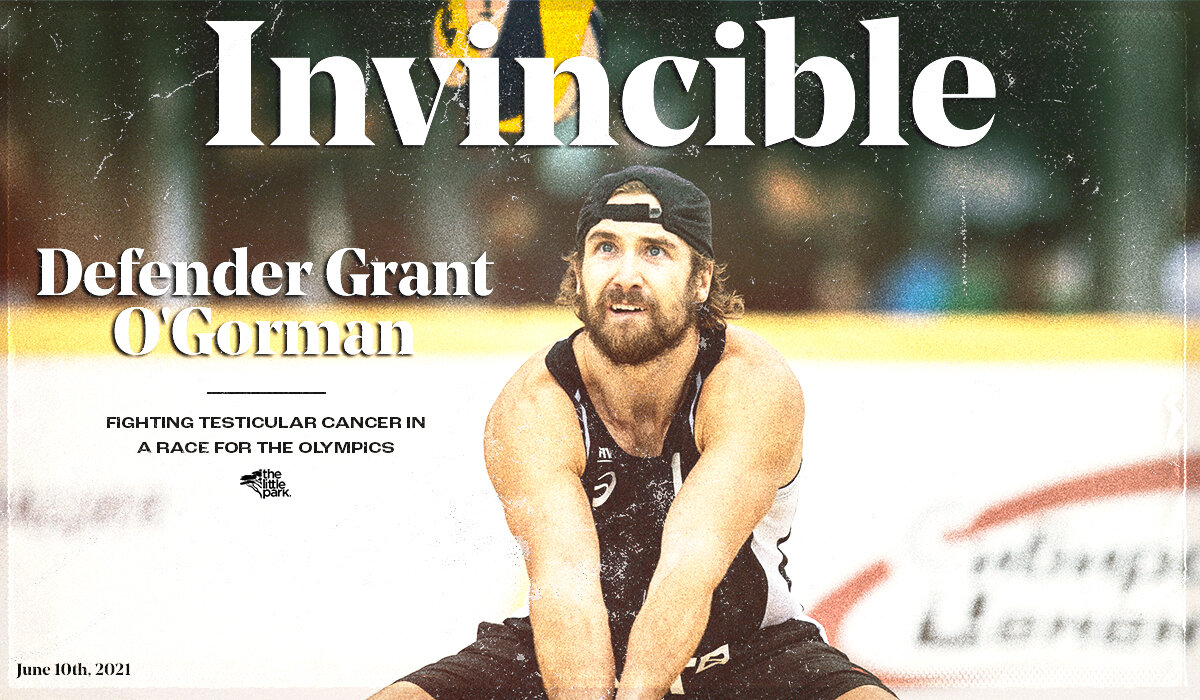Athletes and COVID-19: How Can They Possibly Co-Exist?
All the information since the new coronavirus surfaced is unfamiliar to all of us and the truth is not always known or yet to be discovered. Athletes are assumed to be strong and healthy.
Most experts at this stage don’t believe they’re immune to the virus.
There were 292 diseases reported during the 2016 Rio Olympics with 47 per cent of them being respiratory. Respiratory disease also accounted for a large percentage of athlete's disease cases at the 2010 and 2014 Winter Games.
There’s potential for increased risk for athletes as the body is more vulnerable to virus infection between three and 72 hours after heavy exercise. There’s early research in Wuhan, China with this specific virus, but much more is needed.
Before the Tokyo Olympics were delayed, Canada was a leader and refused to send its athletes.
"We don't prioritize gold medals at all costs,” said Dave Shoemaker, the CEO of the Canadian Olympics Committee.
Australia’s Olympic body quickly followed suit. Canada didn’t force its athletes to continue to train. Canada is well respected and it made the IOC decision easier.
It’s different for team sports and professional sports. What will they do? Does the NBA and NHL resume and does the CFL even have a season? If these sports do restart, at what risk? How many sessions, days or weeks are needed to safely return to sport?
Meewisse et al did a study showing a certain number of on-ice sessions are needed prior to a season to decrease groin injuries.
Where do athletes train and how much is wise? With no competition or large groups allowed by health authorities, how can they possibly prepare for a season or an event?
Athletes must become more creative with training. Is keeping the individual athlete physically in top shape enough in a team sport? It’s not just the training. How does the athlete stay mentally sharp? Mental health is at risk for athletes in this crisis. So many questions they’re not used to and there’s high risk for failure.
The COVID-19 crisis has created stress for all. It’s normal to be anxious and worried. Being isolated can be also be lonely. Athletes have been taught tools to develop their mental toughness. There are many aspects of the athlete's life that they are not able to control in this environment.
Athletes learn mindfulness or the ability to purposely pay attention on the present moment. They learn to be aware of their feelings then focus and redirect their attention on what they need to do like competition training.
I was blessed to go to three Olympics for track and field and over 50 national team events. The sport is extremely lucky today to have an expert support staff and they will be monitoring the athletes and supporting them well though this difficult period. Not all Olympians will have such support.
One specific example is that the Quebec Swimming Federation has stopped all activities until September. That is more than 80 competitions and more than 100 clubs affected in only one sport and in only one province.
So, what do we do?
After 10 years of running and five years of hard running training, you have qualified for the Boston Marathon. Boston is the holy grail of marathons and the one in which runners evaluate themselves against those their age. Nothing can stop you now. Except for a global pandemic. Your marathon has now been cancelled and rescheduled for September 2020. After some initial frustration, it’s time to refocus.
If you were able to get up to running 100 kilometre weeks or 100 mile weeks, you will not be able to sustain this level of training for the next 15 weeks. Make sure that every third or fourth long run that the mileage is reduced.
There are other options to consider which are often done by many of the elite marathoners. Running different paces within a long run — five kilometres at 20 seconds less than your marathon pace and then do 5x1 kilometre intervals at five seconds below your marathon pace with an easy one kilometre run in between, followed by a five kilometre cool-down run of 20 seconds less than your marathon pace. This is a 20 kilometre run and will challenge you in learning proper pacing along with being able to focus on your pace even when fatigued.
Another 20 kilometre example is to run the five kilometres easy and then 2 x 5 kilometres at race pace with five kilometre easy spaced in between. A third possible option is to do two long runs per week of 20-30 kilometre for the next two months. Many of our great coaches have recommended that your long run shouldn’t be more than 30 per cent of your total mileage in a week. This is a fatal mistake made by many runners that leads to injury.
During this time period, make sure that you get your easy recovery runs in, work on core stability and stretching and sleep a lot.
If your race gets cancelled in September 2020, the positive is that you now have eight months to get ready for the following spring. Take three weeks off running, work very hard on your core stability with some specialized strengthening for areas in your body for which you have had past trouble. In this long period of lead up, you can use time trials at shorter distances with friends to keep your mind sharp and rewarded for your training. Remember the elite marathoners do two or three race marathons a year and many of us tend to overdue the number of races.
The Canadian Sport Institute Network is recommending that athletes "use the enforced isolation period to work on deficiencies" both physical and bio-mechanical that can be addressed with home training and "NOT be attempting to reach peak performance this summer.”
-Scott Anderson
Physiotherapist and certified sport physiotherapist for more than 30 years.



